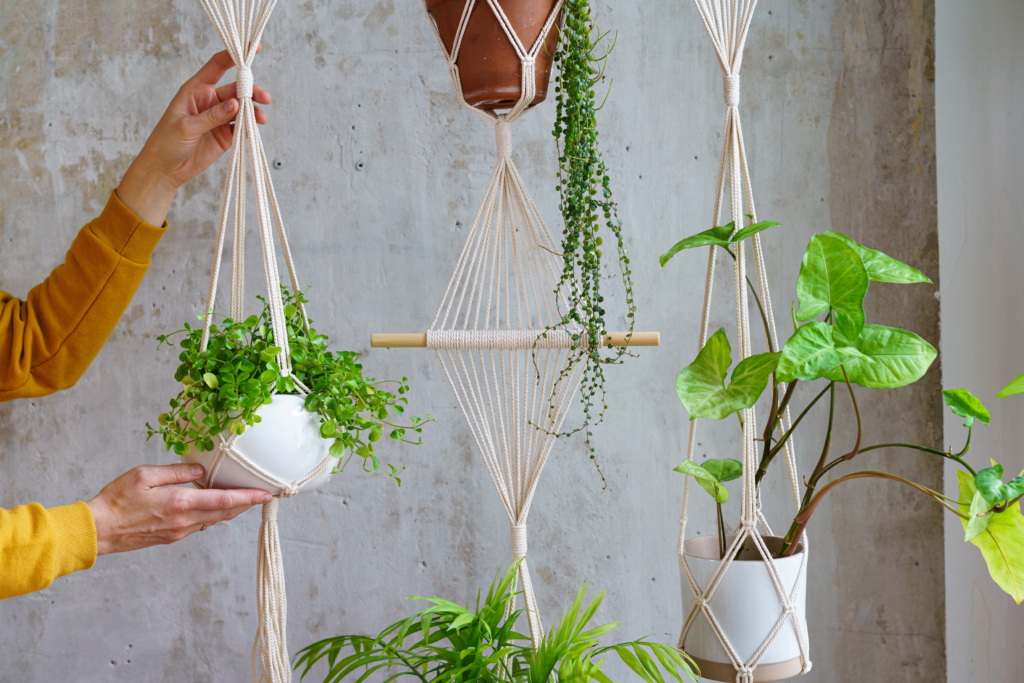
Macramé plant hangers are a charming and creative way to add a bohemian and natural touch to any space. These hand-woven pieces not only serve to hold your favorite plants, but also become true decorative works of art that bring warmth and style to your home. Today we’ll show you how to make one at home!
The art of macramé has gained momentum in recent years, becoming a very popular decorative trend. This hand weaving technique is characterized by the creation of decorative knots that result in beautiful pieces, such as macramé plant hangers. If you would like to learn how to make your own macramé plant hanger, read on!
Macramé is a textile art that consists of creating decorative patterns by knotting threads or cords. Originating in ancient Arab civilizations, this art has evolved over time and has been adapted to different decorative styles.
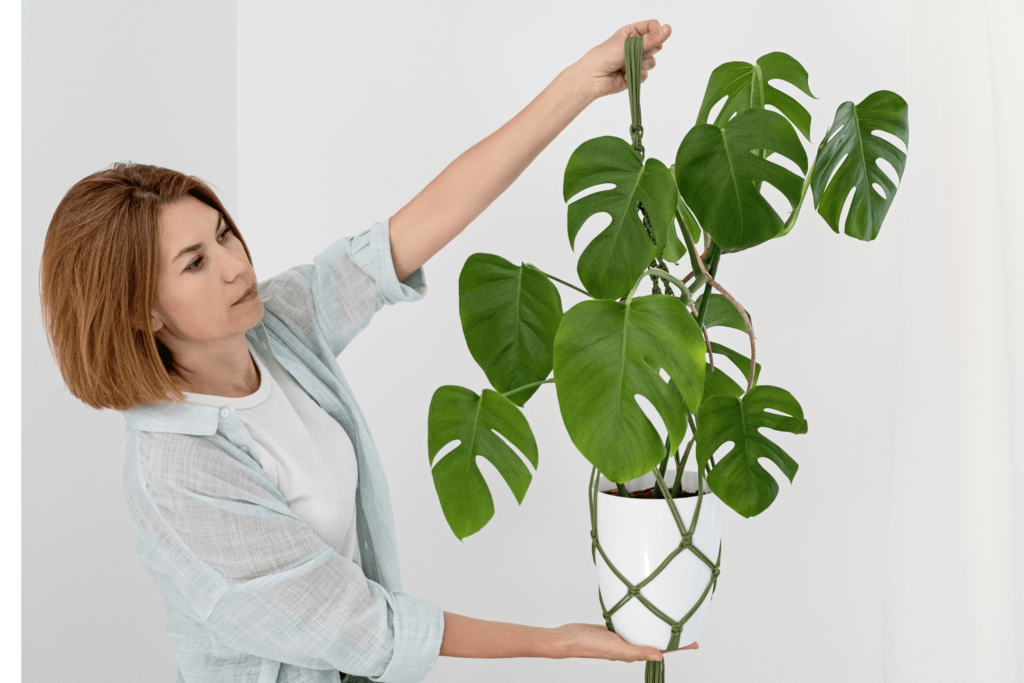
Materials for making macrame hangers
To make a macramé plant hanger, you will need the following materials:
- Macramé thread (or cords)
- Metal ring or ring
- Scissors
- Tape measure
- Pot (In this case it is about 5 inches)
If you do not have these materials, you can get them here quickly, safely and from the comfort of your home.
Step by Step: How to Make a Macramé Plant Hanger
1.Take the macramé cords and thread them through the metal ring. Make sure you have two long cords on each side. Fold them in half so that they are centered.
2.Thentake those two longer cords and make 25 half knots to make a spiral, this knot is as if you were making a square. You cross over to the left, pass the cord through and bring the right cord back through the loop.

3.When you tighten it, instead of changing sides, repeat the previous step until you have 25 spiral knots.
4.Now tie a wrap around knot at the bottom of the last spiral knot you made; the measurement of this cord should be 24 inches.
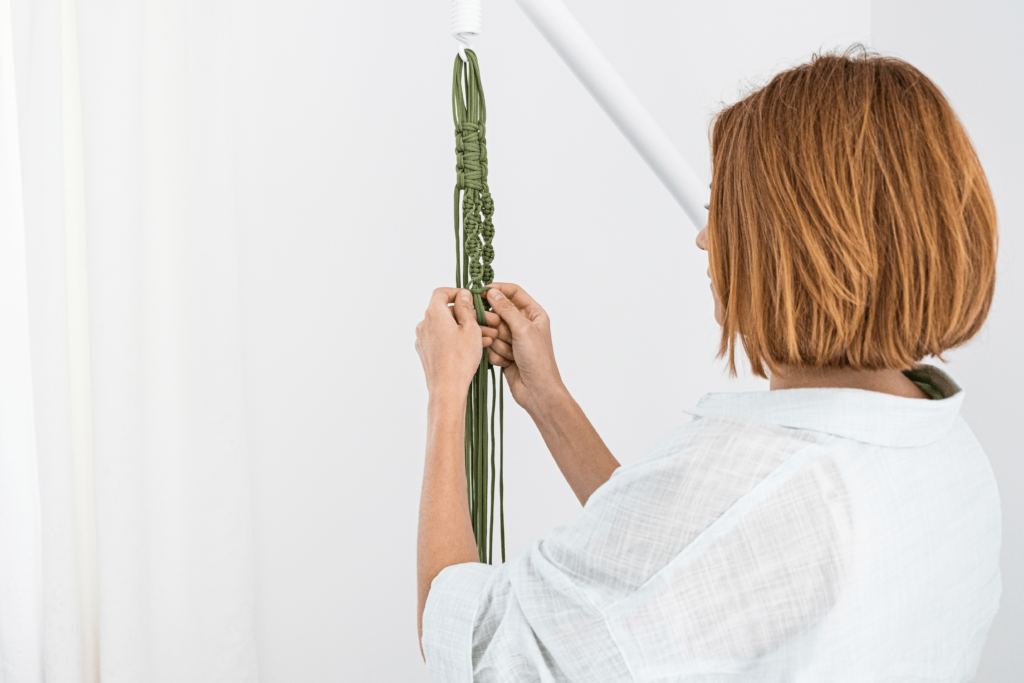
5.Totie the knot, you must make a “U” shape holding the cord against the other cords. Then the end that protrudes to the right you wrap it 6 times (optional).
6.You are going to take the small end of the cord you have been wrapping, pass it through that loop (the “U” you made earlier).
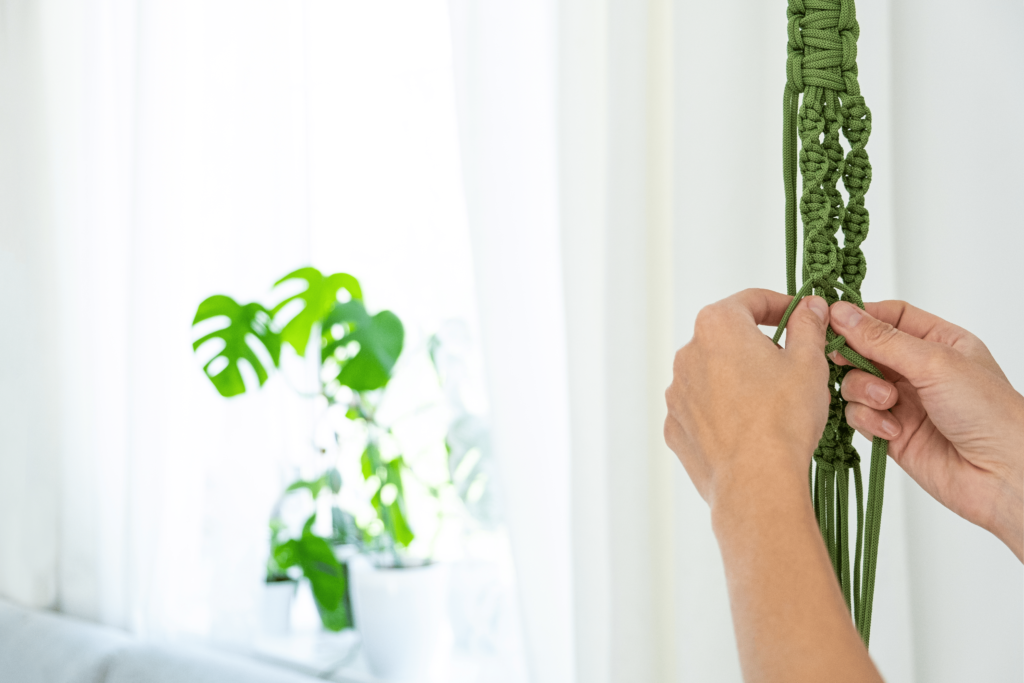
7.Then pull the other small end sticking out of the top and bring it halfway under the wraps, making sure not to pull it all the way through. Then cut off the excess cord and with a scissors tuck in the small ends (to be tucked under the wraps).
8.With a date you will measure approximately 12 inches down from that wrap knot.
9.Then make a square knot in four cords and align it where that mark was straight, so that it is not twisted. Repeat this step with the other remaining cords, resulting in 4 square knots. (Important: Make sure that all knots are at the same height).
10.Now measure from the square knots you just made down 3 inches. At that height tie another square knot in the middle alternating from the first row you just tied, thus connecting the arms of the plant hanger. Keep aligned along with the top of the square knots. Repeat this process until all the arms of the hanger are connected.
11.Congratulations, you now have the main part of the hanger basket ready! Now measure back 3 inches from the last row of square knots you made, with a 24 inch cord repeat the wrap knot as done in step number 5 and 6.
12.After repeating steps 5, 6 and 7, cut the excess bangs. If desired, you can leave 5 to 6 inches below the wrap knot for decoration.
We hope you enjoyed this tutorial! Let us know what you thought.
https://youtu.be/nwGeXiJK7sM?si=TnVMLYohmigbp6ac
Learn more about macrame!
Patterns for hanging plants in macramé, knots, shapes and much more.
Read more about Macrame
Other tutorials
If you love the idea of having macramé hangers for your plants but prefer to buy them ready-made. We invite you to explore our collection of macramé hangers in our online store.
Find unique and handcrafted designs that will give a special touch to your home!
Decorate your home with macrame
giving a minimalist style in a quick and easy way with macrame hangers.
See more Hangers
Ideas for Decorating Your Home with Macrame Plant Hangers
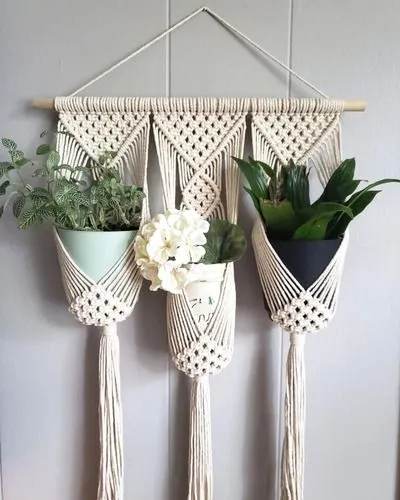

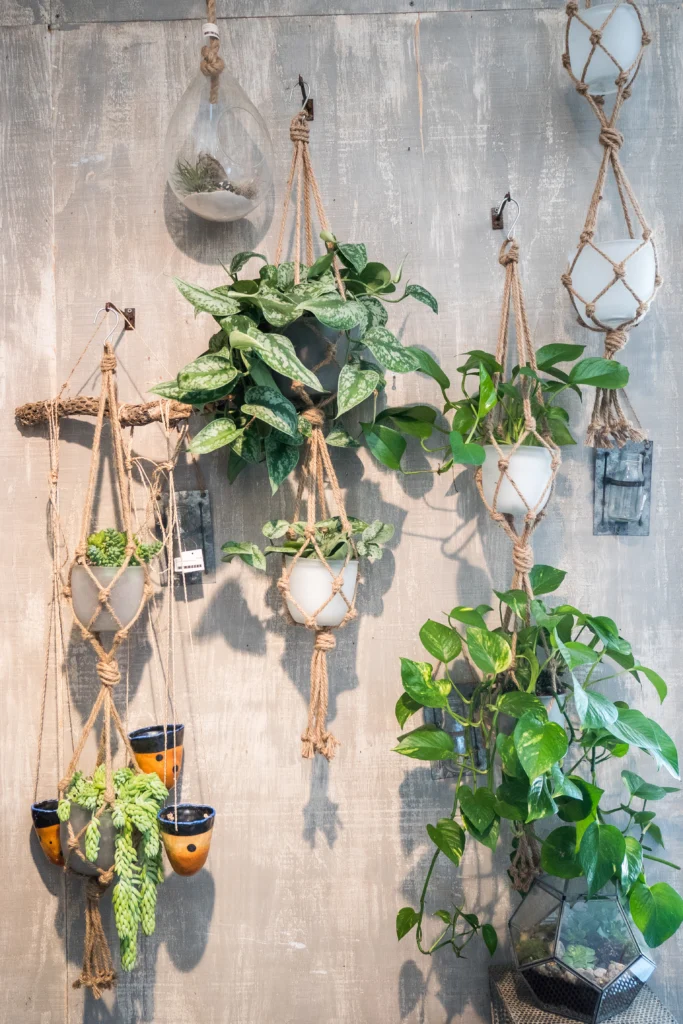



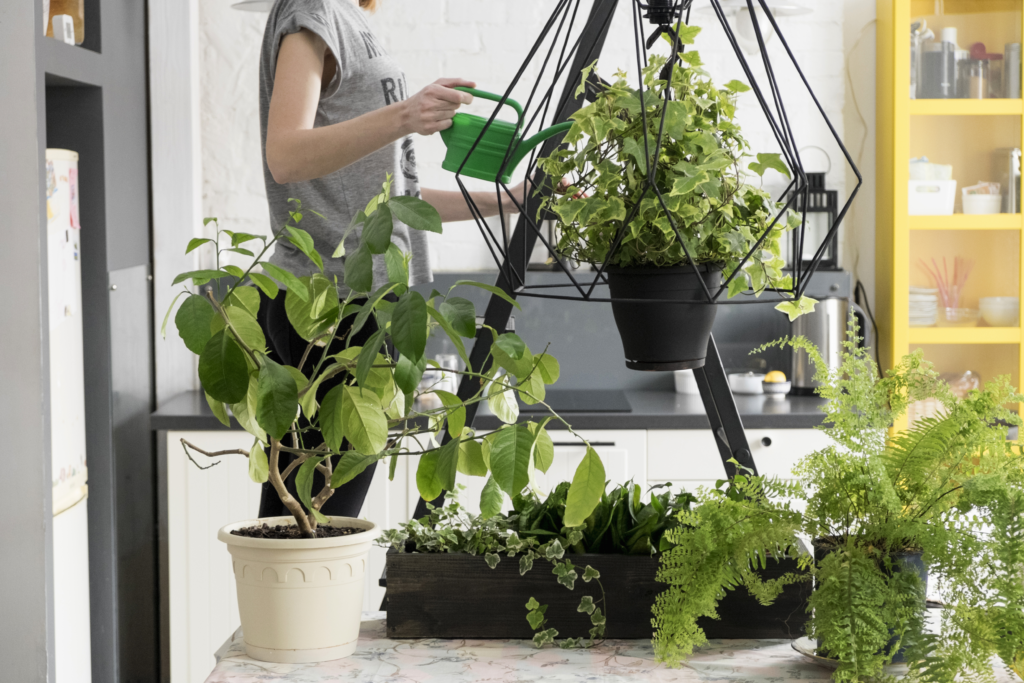
How to Water Hanging Plants
Watering hanging plants is an important task to keep them healthy and beautiful. Here are some tips on how to do it properly:
- Before watering, check the humidity of the substrate. Insert a finger into the soil to feel if it is wet or dry. Hanging plants usually need less water than plants in the ground, so avoid overwatering.
- Keep in mind to water your plants with water at room temperature, as cold water can affect them by damaging the leaves and slowing their growth.
- Be sure to water evenly so that the entire plant receives the proper amount of water. Avoid over-wetting the leaves, as this can lead to the appearance of diseases.
- After watering, make sure that the water can drain properly and does not remain stagnant at the base of the pot.
- Pay attention to the signals the plant gives you. If the leaves wilt or turn yellow, it may be an indication that it needs more or less water.
By following these tips and paying attention to the needs of your hanging plant, you can keep it healthy and beautiful for a long time.
Dare to incorporate macramé in your home decoration and enjoy the beauty and elegance that this technique can bring to your spaces!
Add a green and natural touch to your home with the best hanging plants.
We leave you a list of the best plants to hang, although there are many other options that can be adapted to your tastes and needs.
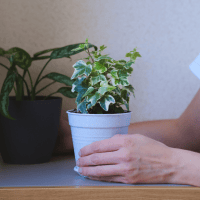
Ivy (Hedera helix)
Ivy is a hardy, fast-growing plant that adapts easily to different light conditions. Its bright green leaves create a very attractive cascading effect.
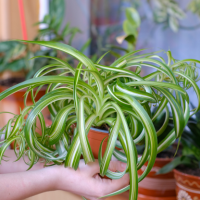
Spider plant (Chlorophytum comosum)
Known for its long green and white leaves, the spider plant is ideal for hanging in pots or baskets. It is a houseplant that is very easy to care for and helps to purify the air.
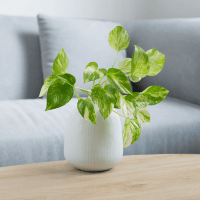
Pothos (Epipremnum aureum)
The pothos is a very popular hanging plant thanks to its resistance and beauty. Its heart-shaped leaves can be green, yellow or variegated, which gives it a very decorative appearance.
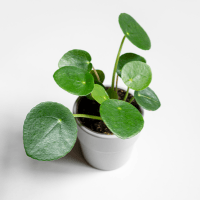
Money plant (Pilea peperomioides)
This plant of Chinese origin is known for its round, shiny leaves that look like coins. It is an easy to care for houseplant and perfect for hanging in hanging pots.
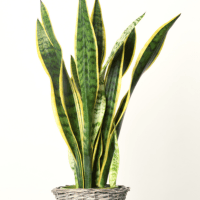
Snake plant (Sansevieria trifasciata)
Known for its hardiness and ability to purify the air, the snake plant is perfect for hanging in tall pots or hanging planters. Its vertical and pointed leaves give it a unique appearance.
More recommendations for you







